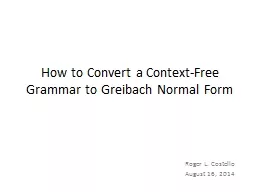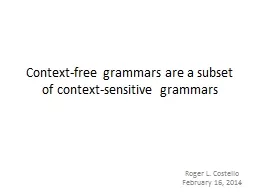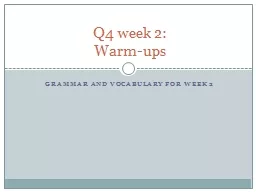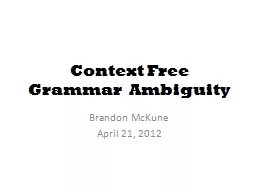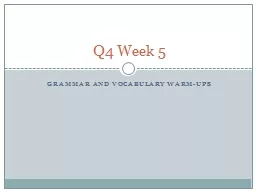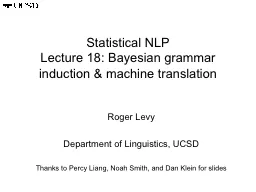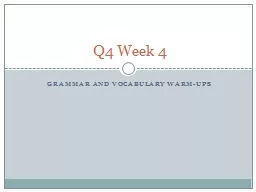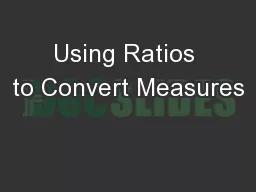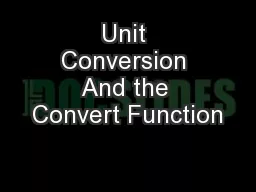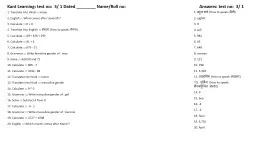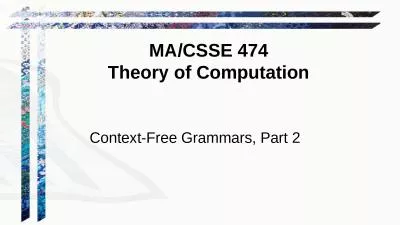PPT-How to Convert a Context-Free Grammar to Greibach Normal Fo
Author : cheryl-pisano | Published Date : 2015-10-06
Roger L Costello August 16 2014 Objective This minitutorial will answer these questions What is Greibach Normal Form 2 Objective This minitutorial will answer these
Presentation Embed Code
Download Presentation
Download Presentation The PPT/PDF document "How to Convert a Context-Free Grammar to..." is the property of its rightful owner. Permission is granted to download and print the materials on this website for personal, non-commercial use only, and to display it on your personal computer provided you do not modify the materials and that you retain all copyright notices contained in the materials. By downloading content from our website, you accept the terms of this agreement.
How to Convert a Context-Free Grammar to Greibach Normal Fo: Transcript
Download Rules Of Document
"How to Convert a Context-Free Grammar to Greibach Normal Fo"The content belongs to its owner. You may download and print it for personal use, without modification, and keep all copyright notices. By downloading, you agree to these terms.
Related Documents

